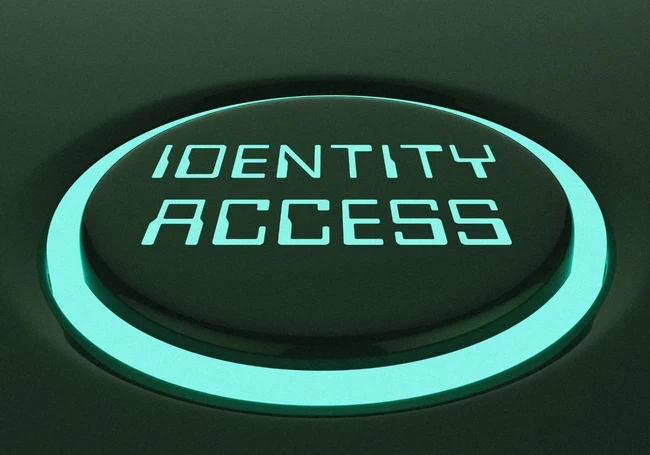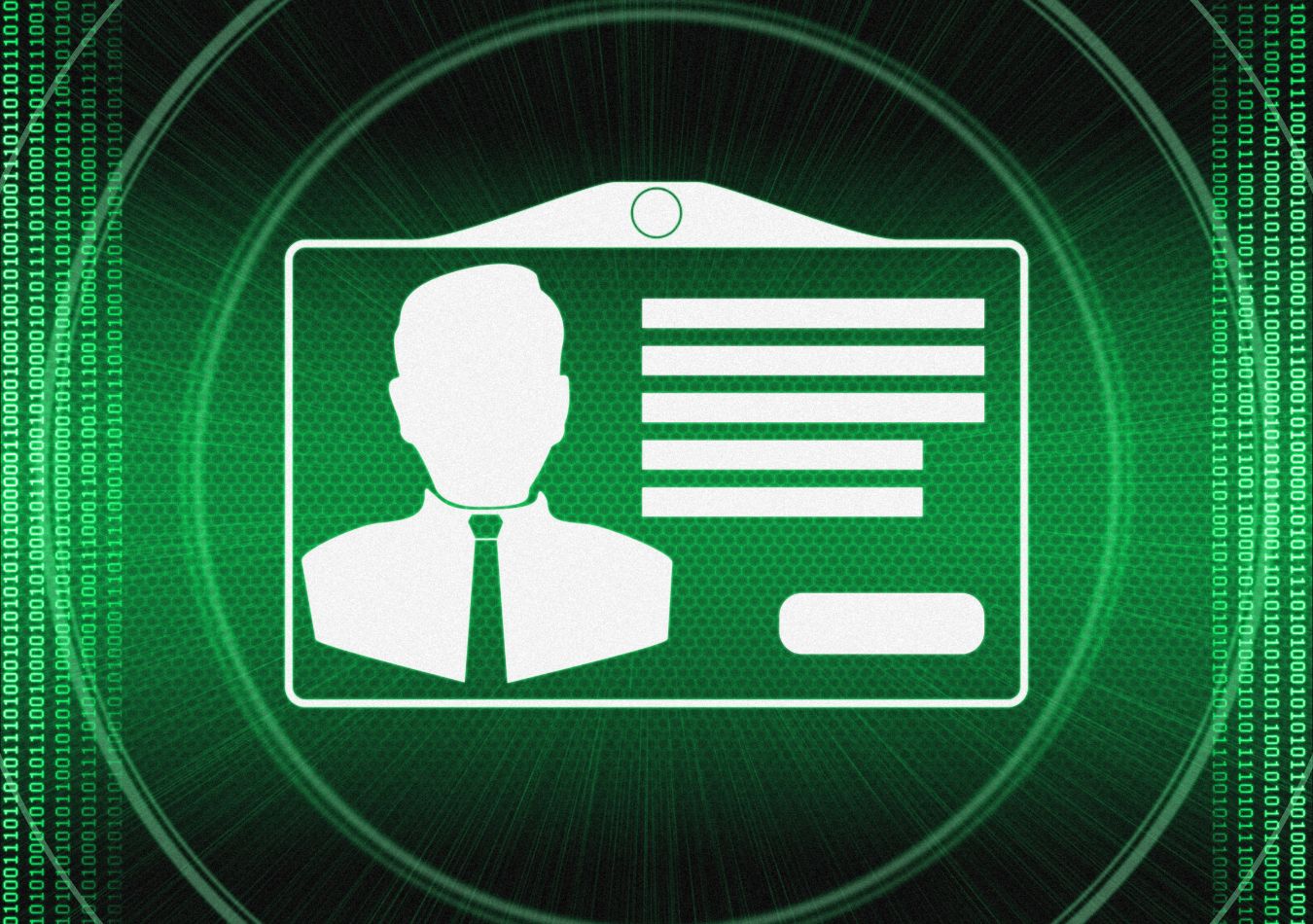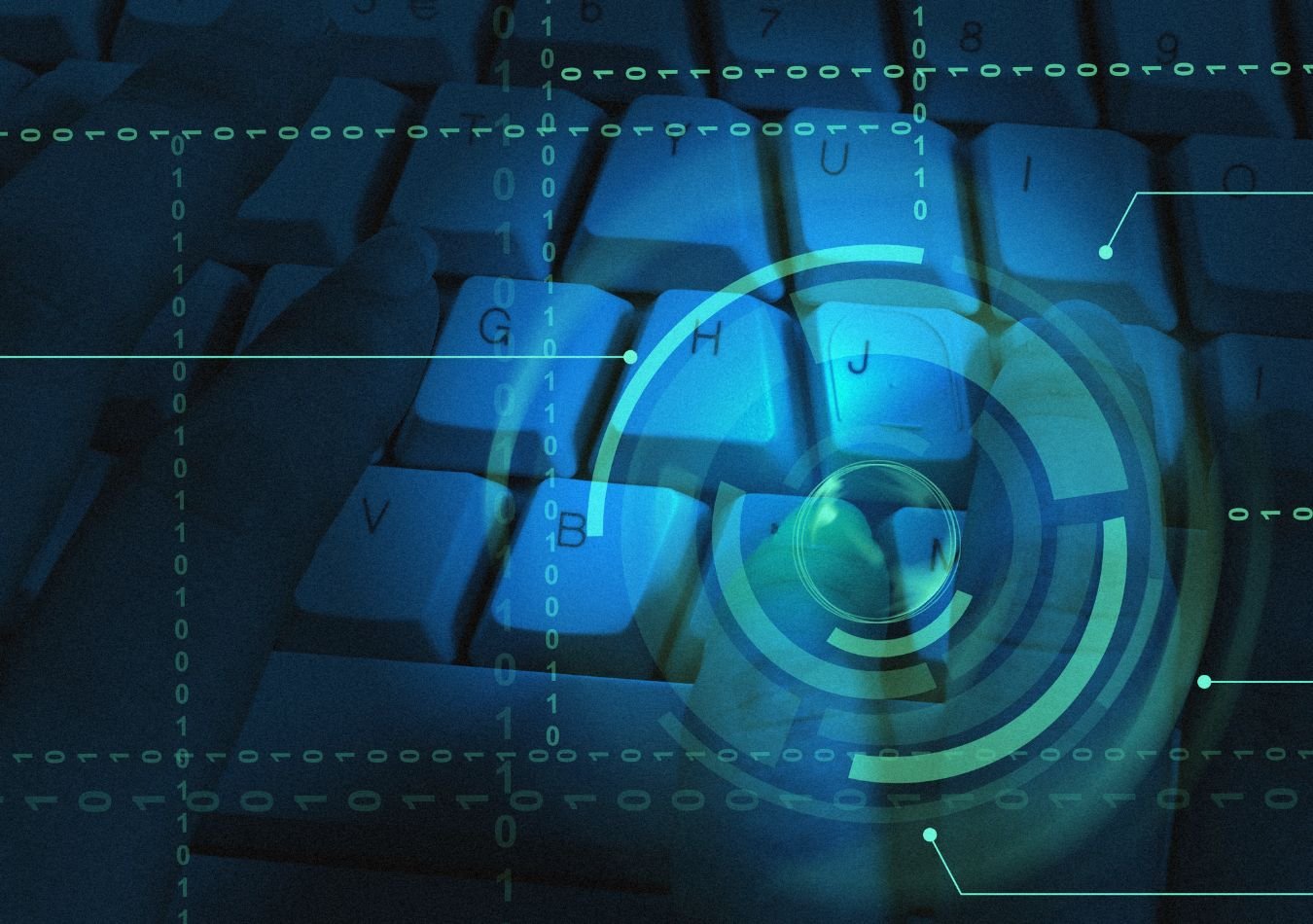Credential theft and account takeover attacks make up a disproportionately large share of security breaches. 74% of data breaches begin with the misuse of privileged credentials, and 60% of all cyber attacks involve some form of identity theft.
Despite this, many organizations still have no system in place to manage which employees have access to sensitive data and critical resources – putting their whole organization at risk.
This is a problem. Regardless of where employees are working, they need access to key resources like apps, files, and data.
But these resources also need to be only accessible to the appropriate employees, and IT teams need a way to control what users can and can’t access so that sensitive data and functions are restricted to only the people and things that need to work with them.
Identity and access management (IAM) tools allow you to manage your users’ digital identities and ensure all users have access to the resources they need to perform their roles.

What is identity and access management (IAM)?
Identity and Access Management (IAM) is a framework that organizations implement to manage user identities, their access privileges, and the processes for authenticating and authorizing access to resources. It allows IT teams to give secure access to company resources – such as emails, databases, data, and applications – to verified entities, ideally with a bare minimum of interference.
IAM systems typically involve a combination of hardware, software, and policies that work together to identify users by verifying their identity through various methods, such as passwords, biometric data, or security tokens.
 Once a user's identity is confirmed, the system determines what resources they are allowed to access based on their assigned roles and permissions. The system then grants users access to the resources they are authorized to use, often through a single sign-on (SSO) mechanism that allows users to access multiple applications with a single set of credentials.
Once a user's identity is confirmed, the system determines what resources they are allowed to access based on their assigned roles and permissions. The system then grants users access to the resources they are authorized to use, often through a single sign-on (SSO) mechanism that allows users to access multiple applications with a single set of credentials.
IAM solutions typically include a central repository of user identities that contains information about users, such as their names, email addresses, and other relevant details. It also stores information about the roles and permissions assigned to each user, which determine what they can access and what actions they can perform.
How do IAM Tools work?
IAM tools establish a secure and controlled environment where individuals can access the resources they need. This is achieved through a series of steps:
- Identity Provisioning: Users are added to the IAM system with unique identifiers, such as usernames and passwords. Their roles, permissions, and affiliations are defined.
- Authentication: When a user attempts to access a resource, the IAM system verifies their identity using authentication methods like passwords, biometrics, or tokens.
- Authorization: Once authenticated, the IAM system checks the user's permissions and determines whether they have access to the requested resource. This is often based on role-based access control (RBAC), which assigns users to roles that define their privileges to simplify the management of access rights. This is especially common in large organizations with many users and resources.
- Access Control: The IAM system enforces access control policies to ensure that only authorized users can access specific resources at specific times. This may involve restricting access based on location, time of day, or other factors.
- Monitoring and Auditing: The IAM system tracks user activity and logs all access attempts. This data can be used to identify security threats, detect anomalies, and comply with regulatory requirements.
IAM tools often incorporate additional features such as single sign-on (SSO), which allows users to log in to multiple applications with a single set of credentials, and multi-factor authentication (MFA), which adds an extra layer of security by requiring users to provide multiple forms of identification.
By automating these processes, IAM tools streamline user management, improve security, and enhance compliance. They help organizations protect their valuable assets and ensure that only authorized individuals have access to the information and resources they need.
Choosing an IAM solution
There are several factors to consider when it comes to choosing the best IAM tool for your business.
For one, you’ll need to assess your organization's specific requirements, considering factors such as the size of your workforce, the complexity of your IT infrastructure, and the level of security and compliance you need to maintain.
Your IAM tool should be able to handle your organization's current and future needs. Consider your expected growth, the number of users, and the complexity of your systems, and choose a scalable solution that can adapt to your changing requirements without significant disruptions.
Most importantly, look for IAM tools that offer the features you need, such as identity provisioning, authentication, authorization, access control, governance, and compliance. This means considering if the tool supports multi-factor authentication, single sign-on, role-based access control, and audit trails.
Best IAM Tools and solutions

There are a variety of Identity Access Management tools on the market today, each with its own set of functions and capabilities for managing user access securely.
Here are ten of the best IAM tools and solutions for 2024 based on their range of features and popularity with users.







Comments ( 0 )